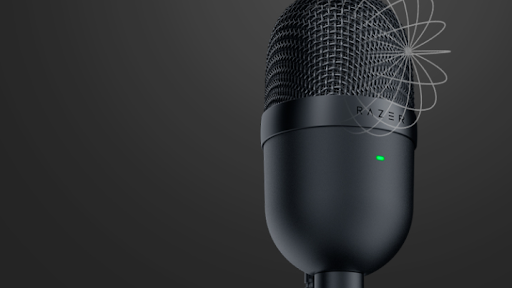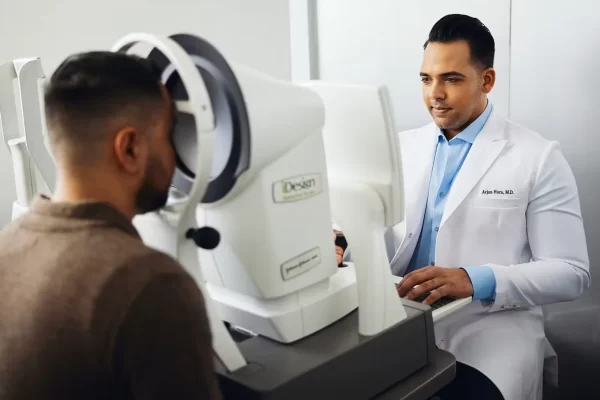Streaming enthusiasts have realized the importance of stream quality for successful streaming. Stream quality isn’t meant for high-quality images only but rather audio quality. High-quality audio is also key since most people like listening more than watching streams. Therefore, as a viewer, you need to invest in the best streaming microphone. Choosing the best streaming microphone can be difficult, especially if you’re a first-timer. Below are top things to consider to get the best streaming microphone:
- Pattern of use
Various streaming microphones use different positions to capture sound waves. Generally, streaming microphones have 3 polar patterns, i.e., Bidirectional, omnidirectional, and cardioid. A streaming microphone with a bidirectional polar pattern can pick up sound from both the front and back. They’re popular among people who live stream interviews. This is because they can easily pick up both the interviewer and guest speeches. On the other hand, streaming microphones with omnidirectional polar patterns can pick quality sound from all directions. Unlike other microphones, it’s not necessary to aim at the sound source to get quality sound. Lastly, streaming microphones with the cardioid polar patterns only pick sound from the front part alone. It’s ideal for streamers who want to avoid unwanted sounds, especially those coming from the microphone back.
- Type of microphone
Streaming microphones are classified as dynamic capsules or condensers. Most streamers tend to go for the condenser streaming microphones due to their great sound capturing capabilities. Their only downside is that they’re very delicate and their high power requirement. Dynamic streaming microphones work well even in noisy environments and can withstand rougher handling.

- Frequency response
This is simply the voice frequency that a streaming microphone can be able to pick up when in use. Generally, frequency response is measured in units called kHz and Hz. The most common frequency response in streaming microphones ranges between 20 Hz-20,000 Hz. Therefore, a frequency response that’s not within the range won’t work well.
- Pop filter
This is a great feature that every streaming enthusiast should consider when finding a streaming microphone. It’s also known as a pop shield. Its main use is to get rid of popping sounds that come when the air comes into contact with the microphone during streaming. This helps to give a clear and quality sound on the other end. If you want to provide a great experience to your viewers, consider getting the best streaming microphone with this feature. Such microphones are mostly found in recording studios to minimize the impact of airflow.
- Connection method
If you want to get the best streaming microphone, you need to consider the connection method. Typically, streaming microphones either have USB or XLR connection methods. Microphones with an XLR connection can’t be connected to a computer directly. You need to get an audio interface or mixer to get quality sound. The major benefit of the XLR microphone is that it contains durable and robust cables compared to USB streaming microphones. There are also streaming microphones with TS/TRS/TRRS connections which can be used in laptops, smartphones, and tablets. Their downside is that they don’t have quality sound.
In conclusion, these are the top things to consider when selecting a streaming microphone. Some best streaming microphones you can get are Blue Yeti, Shure SM7B, Sennheiser MKE 400, JLab Talk, and Rode PodMic.





